-
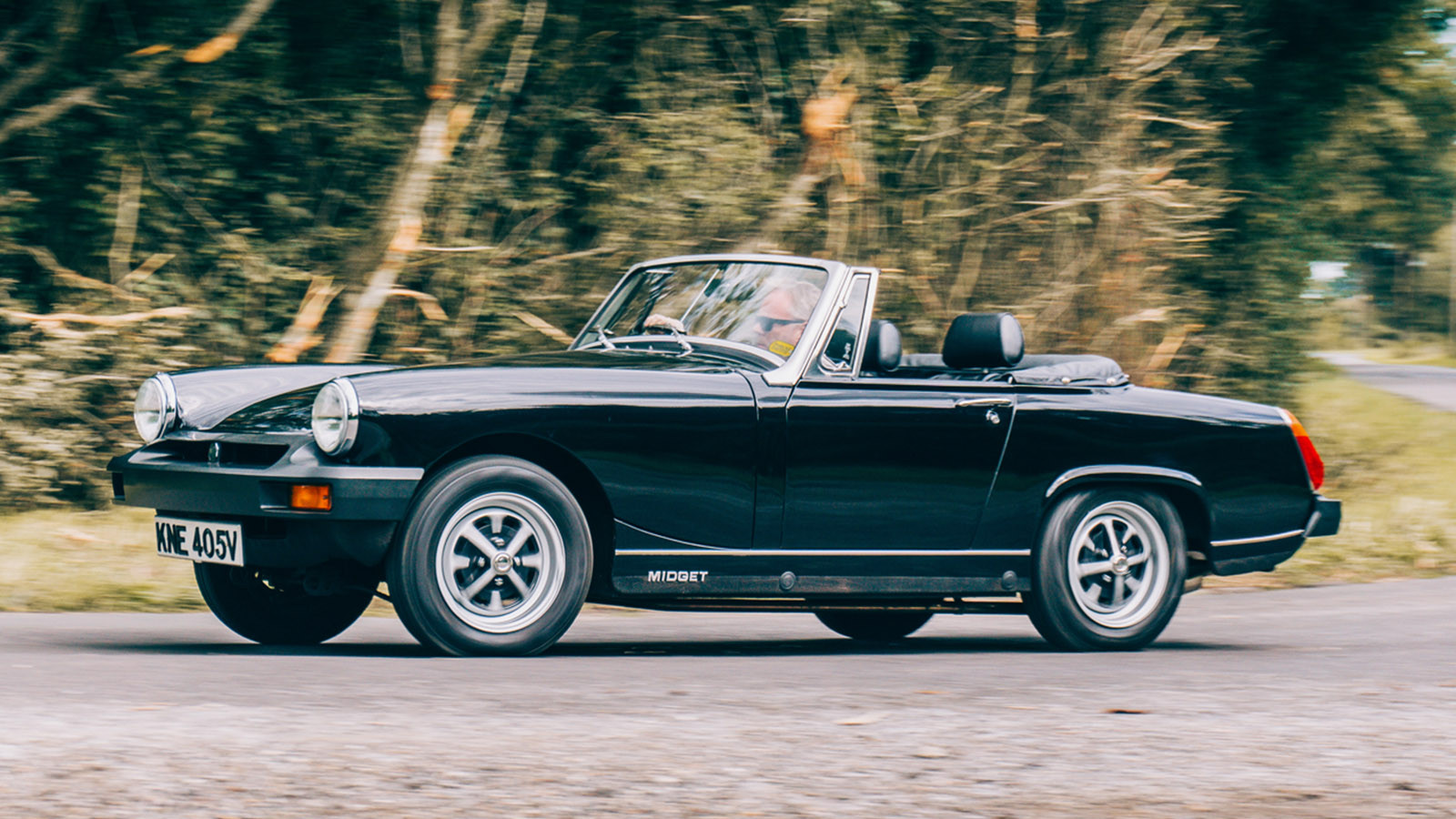 © Olgun Kordal/Classic & Sports Car
© Olgun Kordal/Classic & Sports Car -
 © Heritage Motor Centre
© Heritage Motor Centre -
 © Heritage Motor Centre
© Heritage Motor Centre -
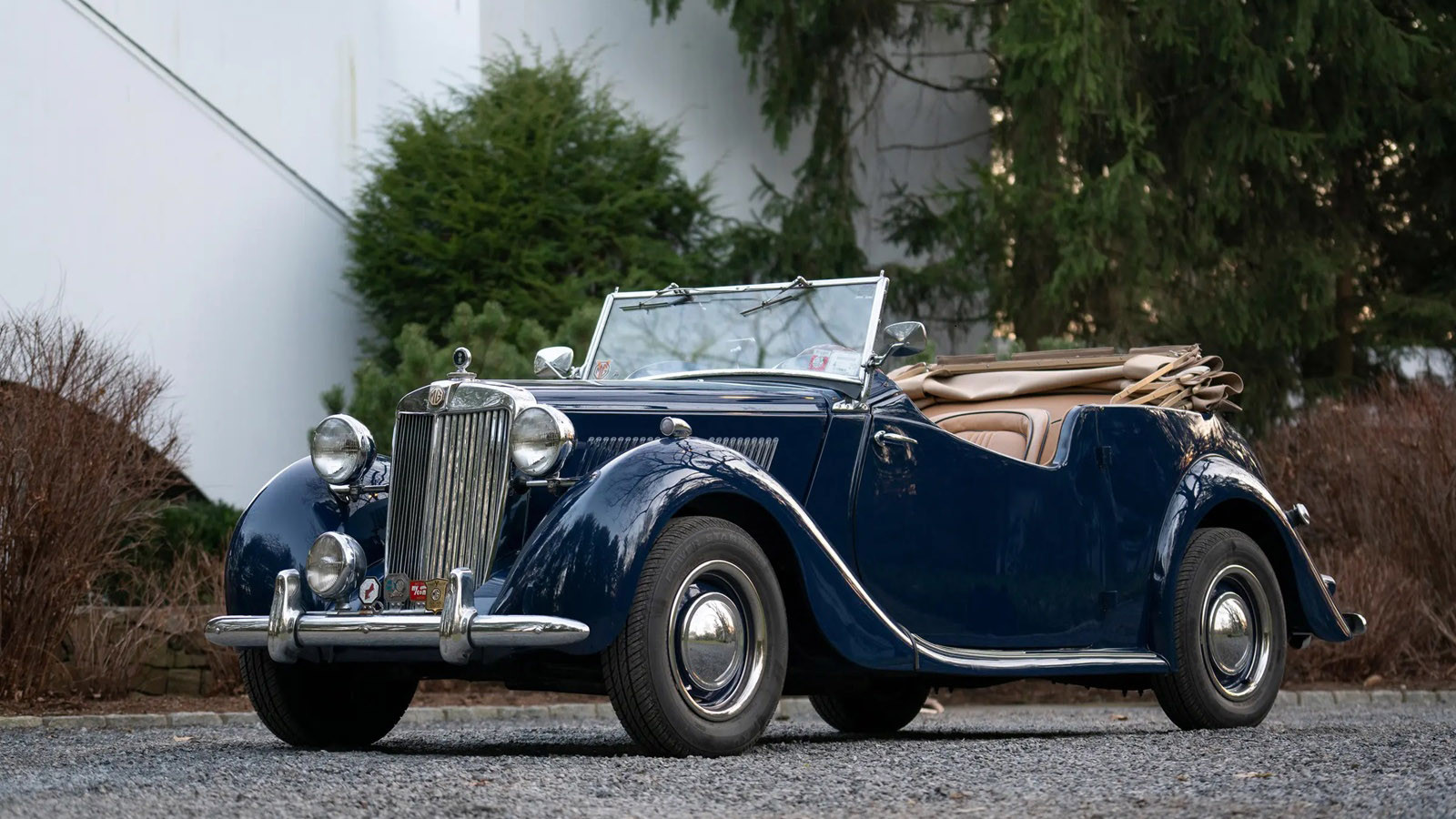 © Bonhams|Cars
© Bonhams|Cars -
 © Classic & Sports Car
© Classic & Sports Car -
 © Tony Baker/Classic & Sports Car
© Tony Baker/Classic & Sports Car -
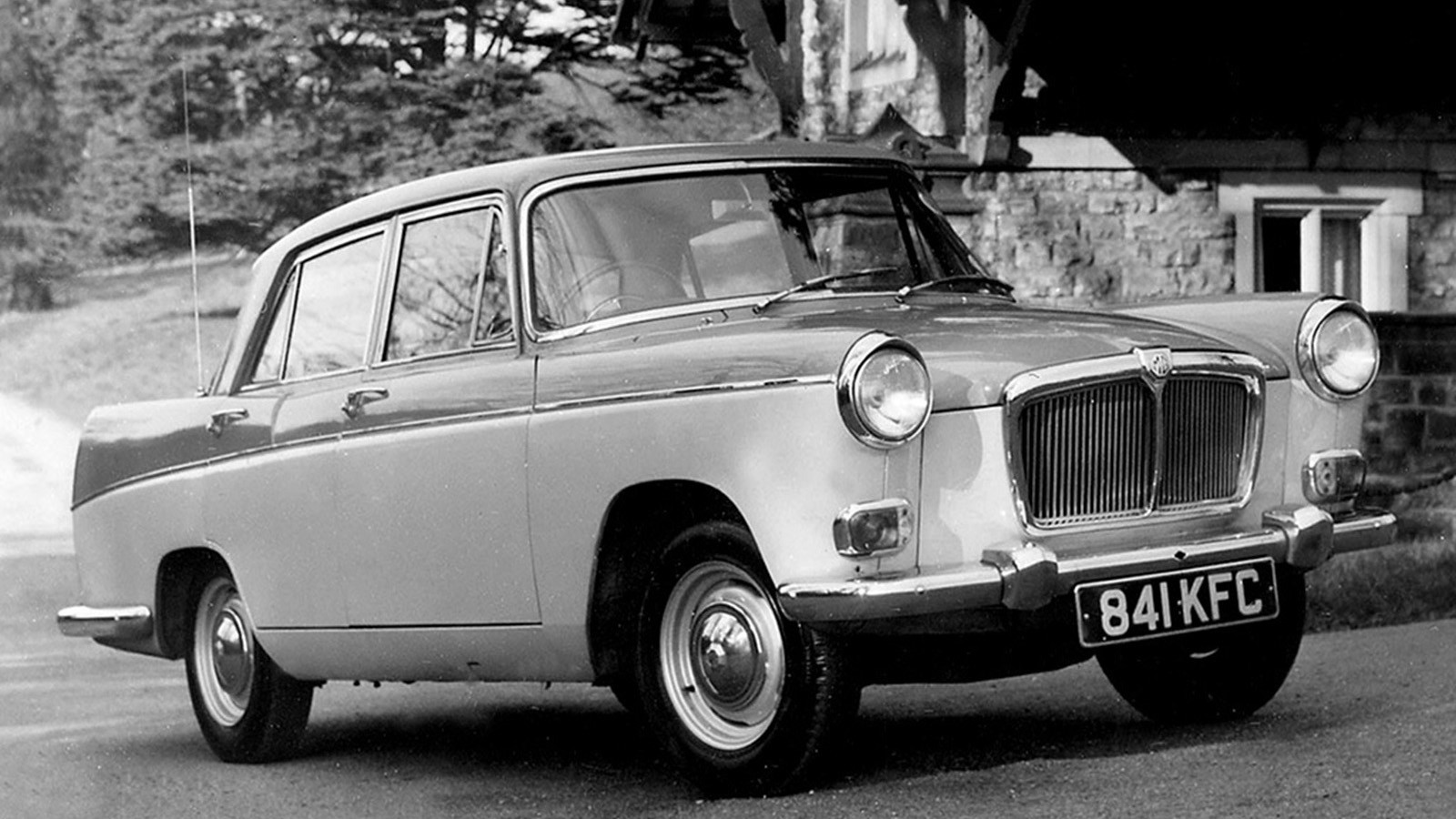 © MG Motor
© MG Motor -
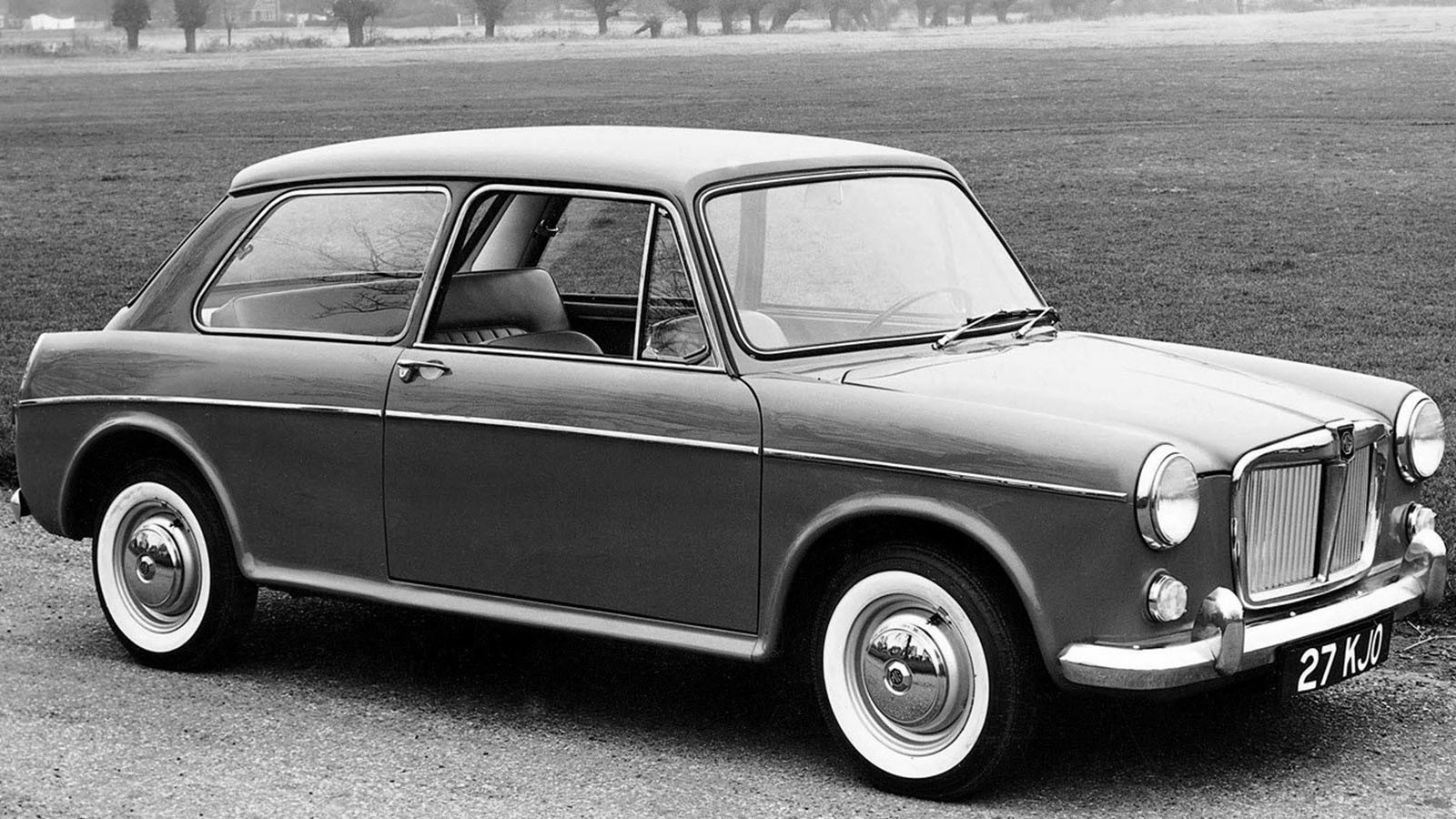 © MG Motor
© MG Motor -
 © Tony Baker/Classic & Sports Car
© Tony Baker/Classic & Sports Car -
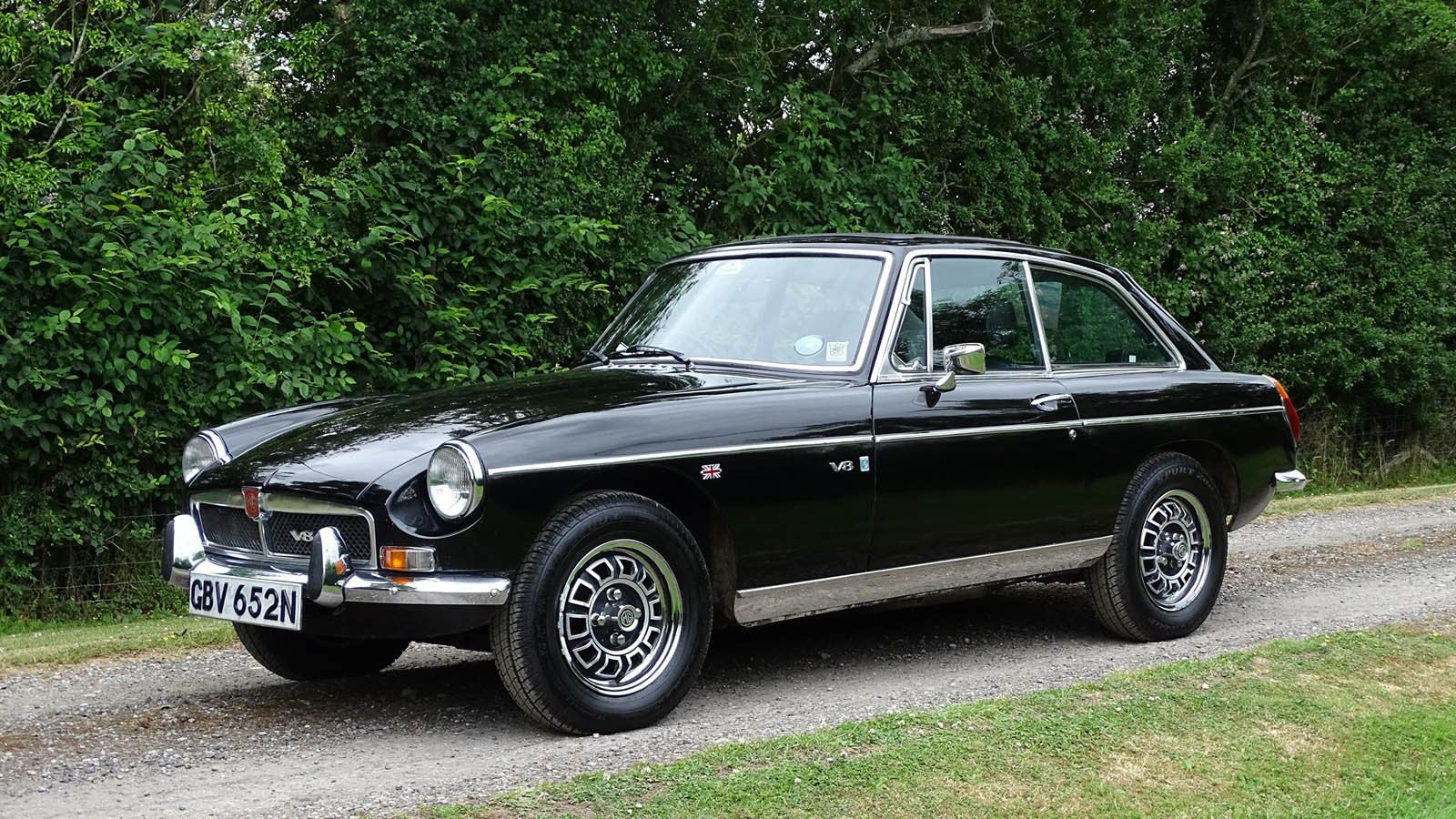 © H&H Classics
© H&H Classics -
 © James Mann/Classic & Sports Car
© James Mann/Classic & Sports Car -
 © Tony Baker/Classic & Sports Car
© Tony Baker/Classic & Sports Car -
 © MG Motor
© MG Motor -
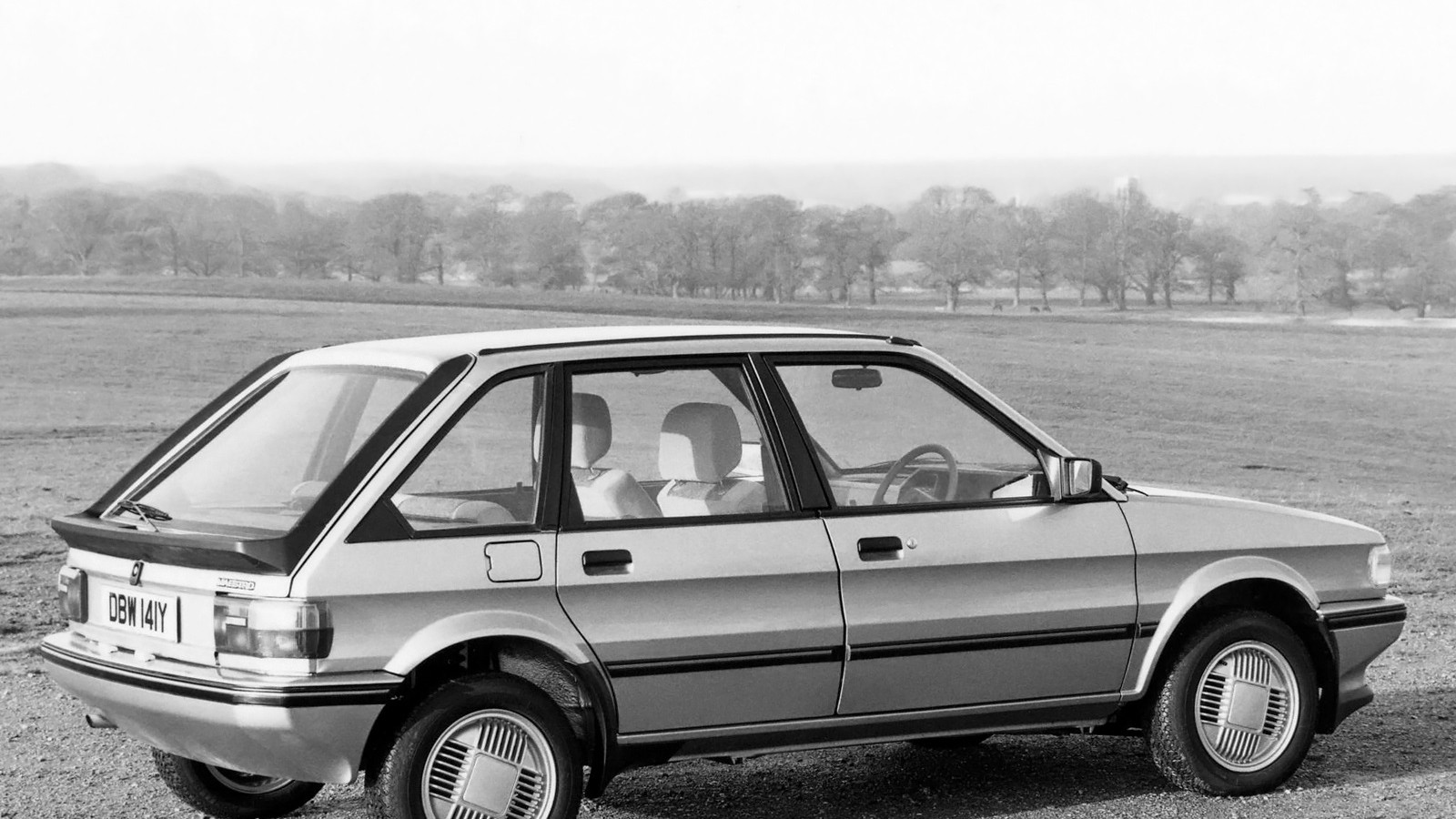 © MG Motor
© MG Motor -
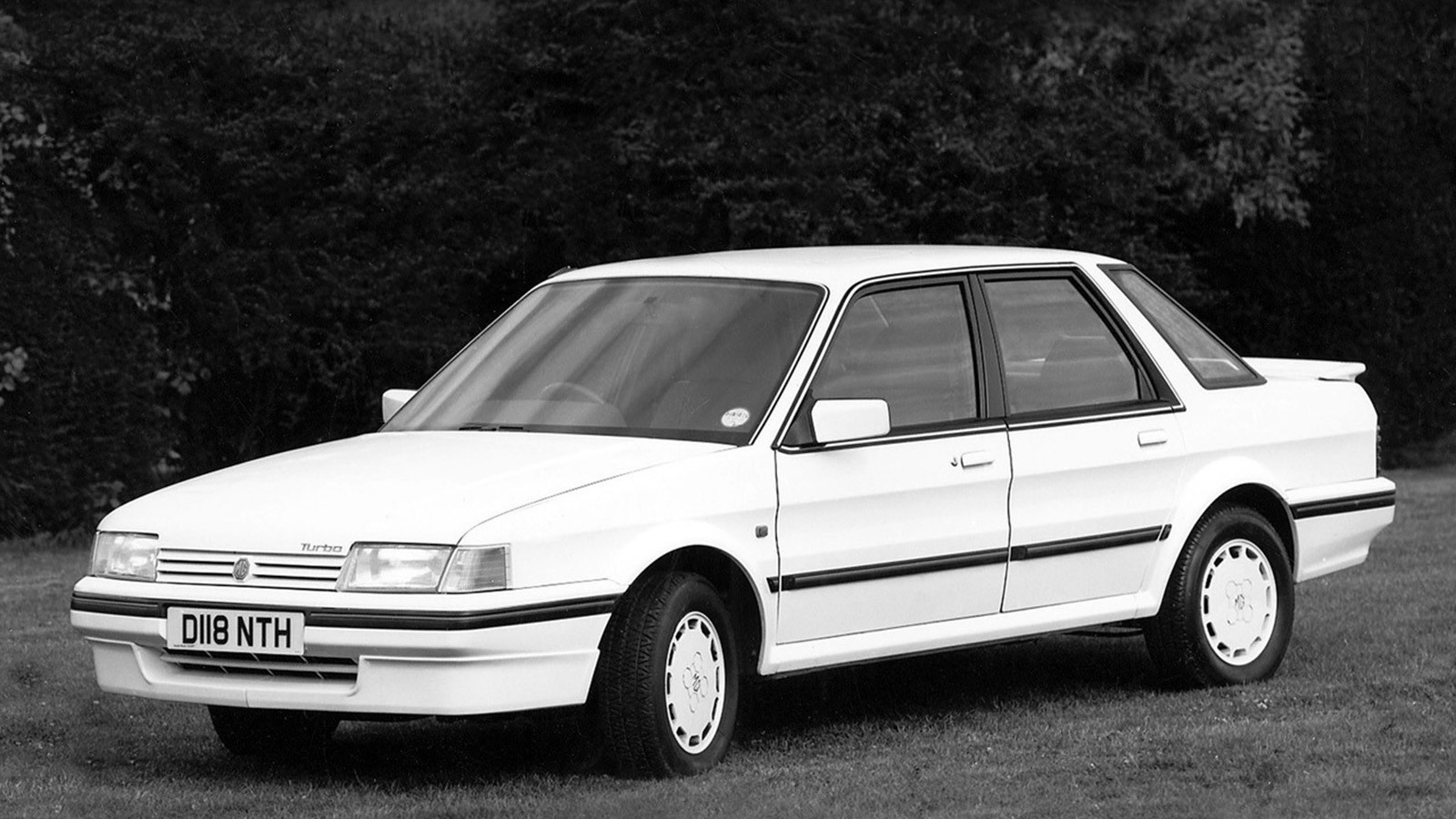 © MG Motor
© MG Motor -
 © Classic & Sports Car
© Classic & Sports Car -
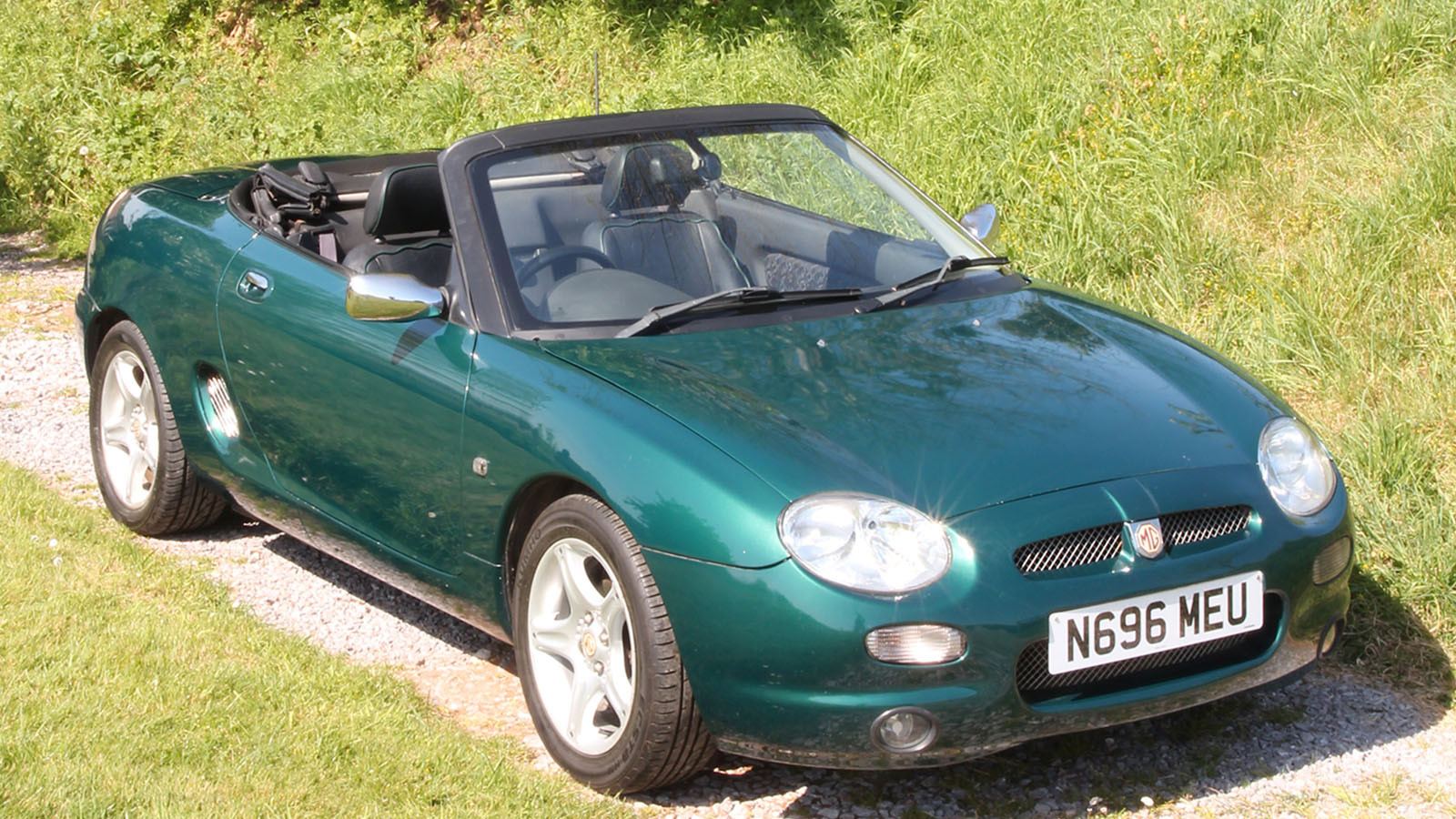 © Classic & Sports Car
© Classic & Sports Car -
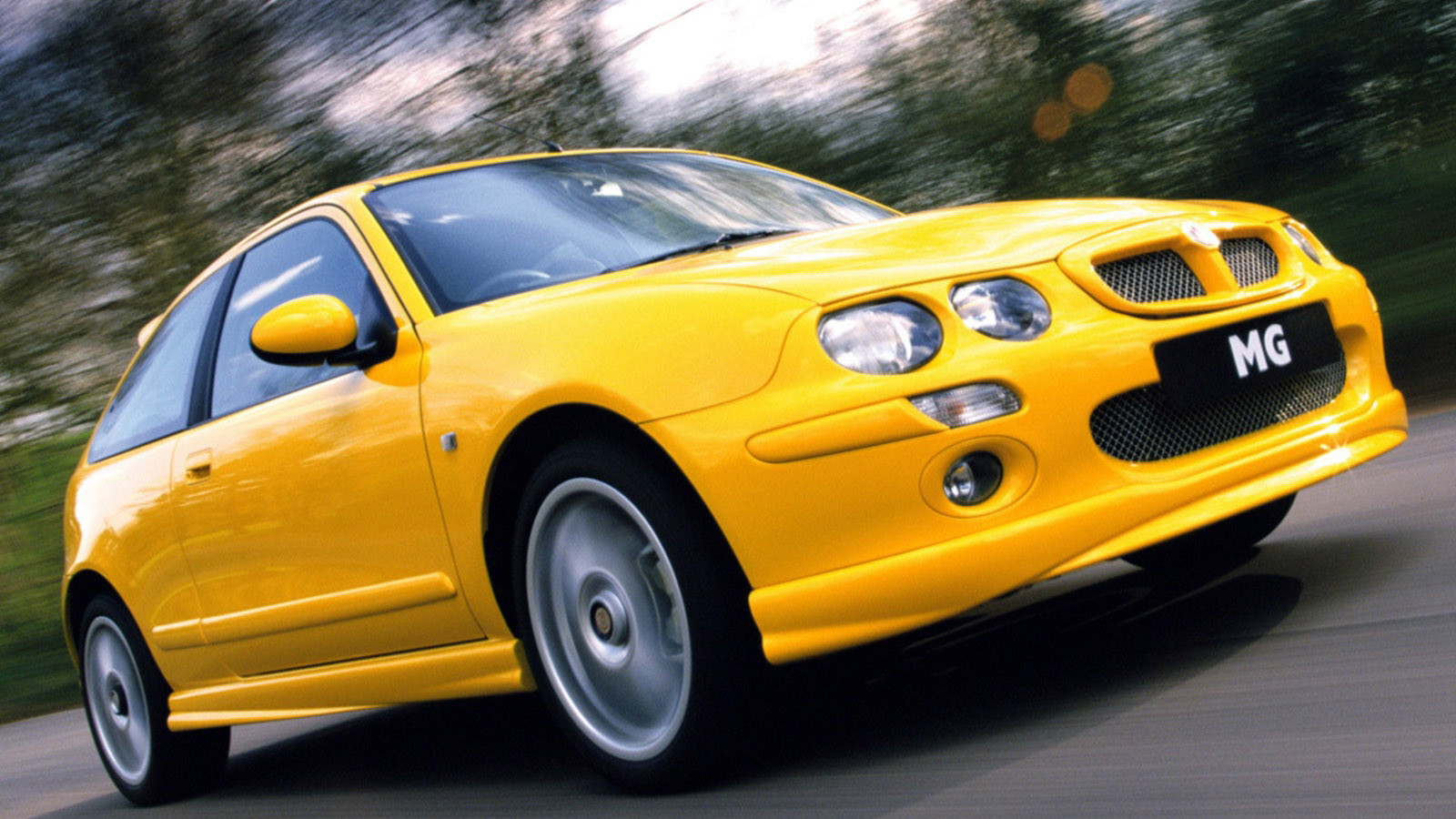 © MG Motor
© MG Motor -
 © MG Motor
© MG Motor -
 © James Mann/Classic & Sports Car
© James Mann/Classic & Sports Car -
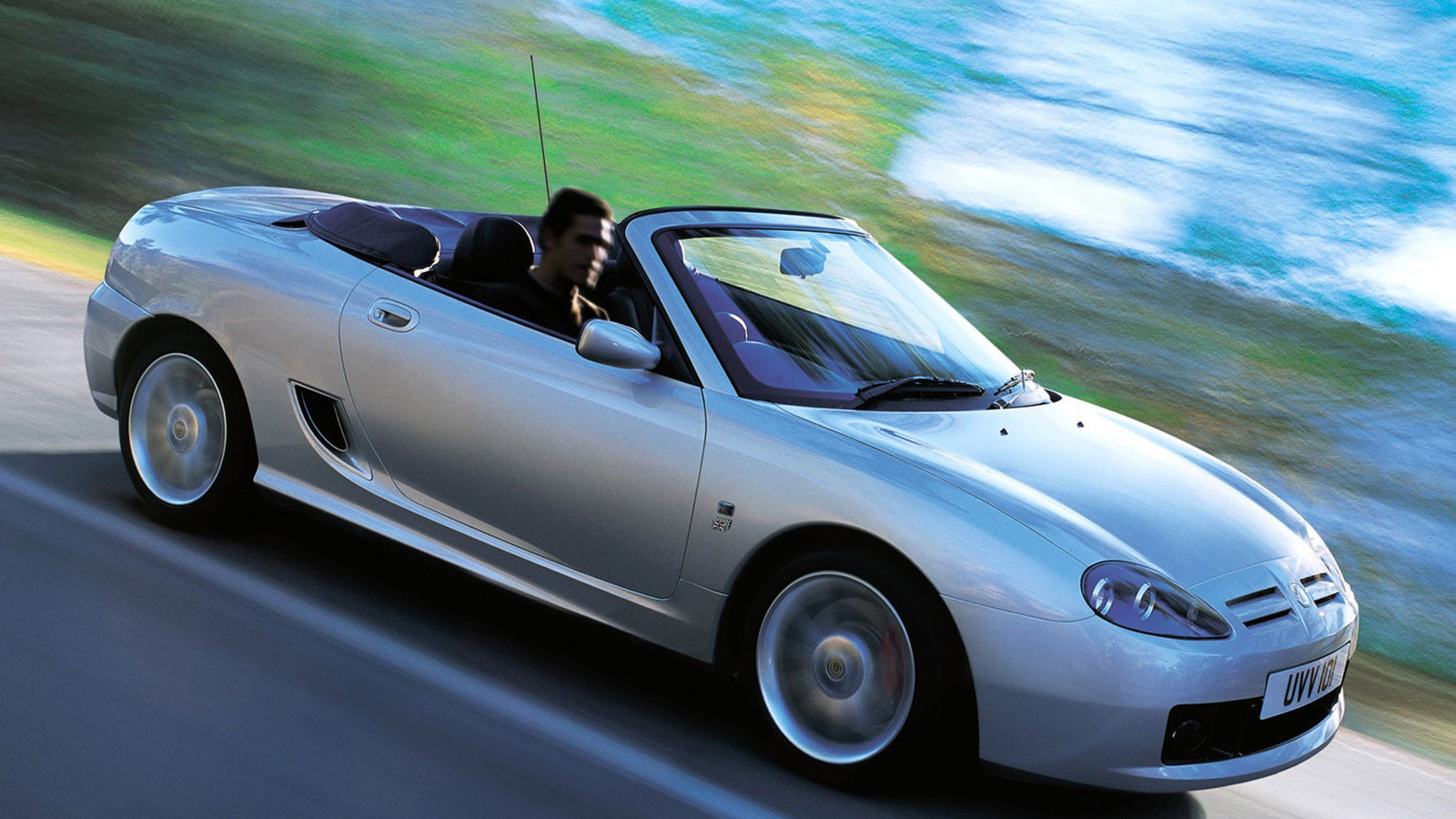 © MG Motor
© MG Motor -
 © Will Williams/Classic & Sports Car
© Will Williams/Classic & Sports Car
-
MG classic cars that lost that loving feeling
There is a long list of MG cars that are adored and feted by owners and classic car enthusiasts, yet even this hugely popular sporting name has some models that have not enjoyed the same affection, either when new or later in their lives.
From two-seat sports cars through to 1980s hot hatches, there are MGs that have missed out on the love and attention they might deserve.
Here we are giving them a chance to shine, by casting the spotlight on those MGs that have not always felt the love.
The cars are presented in chronological order.
-
1. 1930 MG 18/100 Tigress MkIII
A purpose-built racing car you could buy from the factory and also use on the road should have been a big hit for MG, yet the 18/100 Tigress MkIII failed to garner much popularity when new.
Part of the problem for this 2.5-litre straight-six machine was its engine couldn’t muster the 100bhp MG had hoped for.
In turn, this meant the Tigress was not the potent, race-ready car it touted, and a mere five of the MkIII model were ever made.
This poor showing for the Tigress was compounded by the car’s competition debut at Brooklands in 1930 where the engine seized, yet MG’s slower, cheaper Midget finished the Double 12 race and lifted the team prize.
Earlier MkI and MkII versions of this line proved much more popular, and contributed to a total of 736 cars sold of all types.
-
2. 1936 MG TA
The lack of affection from MG’s management and loyal customers towards the TA had more to do with company politics than any shortcomings of this new car.
When Nuffield sold MG to Morris Motors, an inevitable rationalisation of the range took place, with the TA becoming the mainstay, affordable sports model.
Company founder Cecil Kimber and his workers were also not pleased at being forced into using a new Morris 10-based, overhead-valve engine.
Despite protestations from within the works, customers thought differently and appreciated the TA’s low price, roomier cabin and better cruising ability.
Unloved at conception, the TA became the archetypal, pre-war MG sports car.
-
3. 1948 MG YT
While the MG Y-type saloon enjoyed an enthusiastic reception from the press and public alike, reaction to its four-seat, open-top YT Tourer sibling was much more muted.
A good deal of this was because of the styling of the YT, which was unkindly likened to an army staff car and considered too heavy for the car to be sporting.
MG’s blushes were spared at home, because the YT was only ever sold in export markets and most of the 877 cars made ended up in Australia.
Despite being lighter and quicker than the Y-type saloon with the same 1250cc, four-cylinder engine, MG did not replace the YT when production came to an end in 1950; the company stuck to two-seat open cars from then on.
-
4. 1950 MG TD
When it was launched in 1950, there was no shortage of enthusiasm for the MG TD.
It replaced the popular TC with a similar formula of a simple, open-top, two-seat body and a perky, 1250cc, four-cylinder engine, but the TD was bigger and better in almost every respect.
The new car quickly found favour in the US and this helped the TD become the best-selling T-type of them all, with 29,664 produced.
However, the TD’s steel wheels and looks meant it fell between the quaint TC and prettier TF in the eyes of many later owners.
As a result, the TD has been seen as the poor relation for a long time, even if it brought rack-and-pinion steering and coil-sprung independent front suspension, plus the possibility of up to 90bhp with factory tuning kits.
-
5. 1958 MGA Twin Cam
The MGA Twin Cam could so easily have been a British-built exotic to take on Alfa Romeo.
However, a prolonged development period meant the new twin-cam engine, which was first used in the 1955 Dundrod TT Race in prototype form, didn’t appear as a production unit until 1958.
With the 1558cc motor giving a very brisk 0-60mph time of 9.1 secs and a 113mph top speed, the MGA Twin Cam looked set for greatness.
Then reliability issues reared their head and sales dropped off, so the Twin Cam sold a mere 2111 examples in Coupé and Roadster forms.
Now regarded as a desirable rarity, the MGA Twin Cam also suffered when new from its high price compared to home-grown rivals like the Austin-Healey 100/6 and Triumph TR3A that cost less, but were just as quick.
-
6. 1959 MG Magnette MkIII
The Farina line of saloons gave BMC’s Austin and Morris ranges a modern, practical four-door to sell.
It also brought badge-engineered versions for Wolseley, Riley and MG, with more mixed results.
The MG Magnette MkIII was clearly a BMC Farina saloon and made sense from a business standpoint, but it looked too tall and awkward – this proved to be the case when it came to handling, which saw the Magnette roll around corners.
Performance from the 1.5-litre, B-series engine, later upped to 1.6 litres, was decent for the time.
Sales notched up a total of 15,676 for the MkIII plus a further 13,738 for the MkIV, but the car quickly fell from favour due to its wallowy handling and be-finned styling that dated quickly as the 1960s progressed.
-
7. 1962 MG 1100/1300
The MG 1100 and 1300 models were a size up from the Mini Cooper, which the company’s BMC (British Motor Corporation) overlords recognised was a good way of keeping keen drivers in the fold, even with a growing family.
Very much the hot hatches of their day, the MG pair’s arrival was overshadowed by the launch of the new MGB Roadster in the same year.
Nonetheless, they sold strongly through the 1960s and the 1300 continued up to 1971.
By then, however, these practical sporting saloons were looking very dated and they fell out of favour in the 1970s.
They have never quite recaptured the enthusiasm for them when new that saw 116,827 1100s and 26,240 1300s produced in total.
-
8. 1967 MGC
In a similar vein to the MGA Twin Cam, the MGC was a way of offering a faster version of MG’s mainstay sporting model, without the cost of developing a completely new car.
However, the MGC’s 2912cc straight-six, taken from the Austin-Healey 3000, required a lot of re-engineering to make it fit the MGB shell.
As a result, there was new torsion-bar front suspension and improved braking to cope with the far heavier engine, as well as a new gearbox that was shared with the updated MGB.
With its 120mph top speed and 0-60mph in 10 secs, the MGC Roadster and GT coupé should have impressed.
Yet the heavy engine and poorly chosen tyre pressures undermined its handling on the press launch, while too close a resemblance to the cheaper B models put off plenty of buyers.
In the end, its maker pulled the plug on the MGC in 1969 when it had built only 9009 – and just when it had addressed all of its issues.
-
9. 1973 MGB GT V8
It’s hard to think now that one of the finest MG sports cars was not welcomed with open arms and wallets at its launch. Yet that’s the fate that awaited the MGB GT V8.
The marriage of Rover’s all-alloy, 3.5-litre V8 to the MGB had been shown to work by Ken Costello, but British Leyland was much tardier in bringing the two together.
This meant the MGB GT V8 didn’t arrive until 1973 – and right into the jaws of a fuel crisis.
The V8 endowed the GT with easy, 125mph performance and 0-60mph in 7.7 secs, making it the car the earlier MGC should have been.
However, the MGB GT V8’s high price and looks that were not distinct enough from the standard coupé held back its sales.
As a consequence, MG ended production in 1976 when it had built a very modest 2591 GT V8s, though the idea was revived in the 1990s for the RV8.
-
10. 1974 MGB MkII
1974 is a year that casts a long shadow over MG’s model line-up of the period.
This is when changes were made to meet US safety regulations and, in the eyes of many MG fans, ruined the B Roadster and GT coupé.
The large rubber bumpers used to deal with the low-speed impact tests also came with an increase in ride height of 1.5in (38mm).
This led to handling that lost the earlier B’s nimbleness, which was compounded by the much heavier bumpers adding weight at both ends of the car.
The Roadster version of this updated B also lost its front anti-roll bar, further degrading its handling abilities.
There were improvements to the MGB’s suspension in 1977, but it was not enough to salvage its reputation.
-
11. 1974 MG Midget 1500
As well as the changes to the MGB range, the Midget model was also reworked in 1974 to incorporate larger rubber bumpers to meet US crash legislation.
Not only did these bumpers add 3.5in (89mm) to the overall length of the car, but they also meant a 200lb (91kg) increase in weight.
To counter this, MG adopted the Triumph Spitfire’s 1.5-litre engine, which was regarded with hostility by many diehard MG fans at the time.
The upside was the new engine finally tipped the Midget’s top speed over 100mph, but reliability was not as good as with the old A-series motor.
MG still sold 73,899 Midget 1500s, but it has not enjoyed quite the enthusiastic following of its earlier chrome-bumpered siblings.
-
12. 1982 MG Metro
Badge engineering was nothing to the MG brand, but the MG Metro of 1982 was seen as something of a nadir in the company’s fortunes.
The Austin-Morris (Austin Rover from 1984) Metro supermini was a decent small car, but the warmed-over MG version only gained a miserly 10bhp, giving it 72bhp over the standard Metro 1275cc engine’s 62bhp.
Given this was the first new MG since the closure of the Abingdon factory in 1980, feelings among the MG faithful were still raw and not to be placated by a warm hatch with patchy build quality.
The Turbo version of 1983 went some way to improving the MG Metro’s image with its feistier motor good for 0-60mph in 10.3 secs – 2 secs quicker than the non-turbo model.
However, the Turbo had a habit of eating its four-speed manual gearbox, which undermined the car’s reliability record and suppressed sales.
-
13. 1983 MG Maestro
If the MG Metro was unpopular with marque enthusiasts, the MG-badged Maestro was openly despised.
Rushed into production, there were numerous faults with the car that quickly earned it a poor reputation.
Among its problems were rough running from the twin Weber carburettors and poor hot starting.
The 1.6-litre engine also never seemed to produce as much as the claimed 103bhp and 0-60mph in 9.3 secs appeared optimistic at best.
With only around 2500 of this original MG Maestro built, it was dropped in 1984 and quickly replaced by the fuel-injected 2.0 EFi model.
This was an altogether much better car offering 0-62mph in a believable 8.4 secs, though sales were not as healthy as they might have been thanks to the problems of its predecessor.
As a result, a modest 32,249 were produced up to 1991.
-
14. 1984 MG Montego
Essentially a saloon version of the MG Maestro, the Montego appeared with the same 115bhp, 2-litre, fuel-injected engine as the updated Maestro model.
This power unit meant the MG Montego was good for 0-60mph in 8.9 secs, which was within sight of the quicker hot hatches of the time. However, even decent handling was not enough to tempt many away from a Volkswagen Golf GTI.
To achieve that, Austin Rover launched the MG Montego Turbo in 1985 with a 150bhp 2-litre motor. It could deliver 0-60mph in 7.3 secs and a 126mph top speed. This made it the fastest production MG ever made up to that point.
However, barely contained torque steer when the driver tried to deploy the engine’s power put off more buyers than it attracted. This explains sales of only 7276 during its lifetime.
-
15. 1989 MG Maestro Turbo
If the 1985 Montego Turbo was the quickest production car to wear the MG badge, it didn’t hold the title for long because the MG Maestro Turbo took that crown in 1989.
Cramming the Montego’s turbocharged engine into the Maestro created a five-door hatch capable of 0-60mph in 6.7 secs and 128mph flat out.
An improved gearbox helped and MG’s engineers did a decent job of quelling the rampant torque steer that had marred the turbocharged Maestro.
In the end, though, the MG Maestro Turbo didn’t catch on, because it was too late to the party. Not even its aggressive bodykit developed by Tickford could save it from a muted reception – only 505 cars were built.
-
16. 1995 MGF
If the RV8 rekindled the flame for MG sports cars in the early 1990s, the MGF of 1995 fanned those flames into a blaze of excitement.
Here was a mid-engined British sports car with superb handling and a low price to take on the Mazda MX-5 and beat it.
Great looks, perky performance and a well-appointed cabin made it the car for those not willing to sacrifice everything to own a Lotus Elise, which shared the same 1.8-litre engine as the MGF.
More powerful engines followed, but so too did a growing number of blown cylinder-head gaskets that gave the MGF an unfair name for poor reliability. After the initial rush of enthusiasm for the model, it became much less prized as a used car.
Even so, the manufacturer shifted 77,269 MGFs of all types and it is easily the best of the later cars to wear the famous octagon badge.
-
17. 2001 MG ZR
The MG ZR small hot hatch came in a variety of power outputs, ranging from a modest 102bhp all the way to the potent VVC model with variable valve timing and 160bhp. There was even a diesel-powered model and a van version.
Such variety might have diluted the appeal of some cars when new, but the ZR was one of the best-selling hot hatches of its time, thanks to low running costs for the more modestly powered models.
Since those sales heydays, when MG shifted 74,453 ZRs between 2001 and 2005, the hatch fell into the used-car doldrums.
Today there is growing appreciation for the model, particularly the 160 that is the fastest of the lot.
-
18. 2001 MG ZS
While the MG ZR captured the imaginations and wallets of hot-hatch buyers, far fewer were willing to open either to the ZS.
Based on the Rover 45 range, the ZS came in four-door saloon or five-door hatchback forms, with a choice of 1.8-litre K-series engines or a 2.5-litre V6.
You could also have a 2-litre diesel that held some appeal for company drivers.
Decent to drive and, in V6 trim, quite quick with a 139mph top speed and 0-60mph in 7.3 secs, the ZS couldn’t quite shake off its associations with the sedate Rover 45 and only 25,357 were made – around a third of what the ZR sold.
-
19. 2001 MG ZT
MG missed the opportunity to revive the Magnette name with this much-developed version of the Rover 75.
While the ZT badge didn’t hold the same appeal as its illustrious ancestor, it was a very good fast saloon or estate package.
To begin with, there was a 2.5-litre V6, which was in a unique specification for the MG. Later on, 1.8-litre petrol and 2-litre turbodiesel motors were added to the line-up – but the V6 was the one to have, thanks to its 0-60mph time of 7.7 secs, 140mph and easy cruising ability.
MG also offered the radically altered ZT 260 with a 4.6-litre Ford V8 under the bonnet with 256bhp.
This was not quite a BMW M3 rival, but still enjoyable to drive, though only a very small number were built before Rover and MG were bought by Chinese firm Nanjing.
-
20. 2002 MG TF
In a bid to keep its two-seat MGF sports car competitive against the Mazda MX-5 and many other rivals on offer by the early 2000s, MG comprehensively updated the car into the TF.
Gone were the F’s Hydragas suspension, replaced by steel springs, plus there was a new front-end style.
The latest model delivered a harder-charging driving experience, but a good deal of the MGF’s comfort was gone and there were quality issues that dogged the TF until production ended in 2005.
By that time, 39,249 TFs had been sold, but most enthusiasts now prefer the earlier MGF.
A small number of TFs were later built under MG’s new Chinese ownership, including the LE500 that was limited to a run of 500 cars.
-
21. 2004 MG XPower SV
With Rover and MG facing many problems by 2004, the launch of the SV might have offered a glimmer of hope.
However, it proved to be another nail in the coffin lid due to prices that started at £65,000 and went as high as £85,000 for the full-bore SVR version.
Developed from the Qvale Mangusta, itself an evolution of the De Tomaso Bigua, the SV used a 4.6-litre V8 engine from Ford. This allowed for 0-60mph in 5 secs and a 165mph top speed.
However, a convoluted production process, costly carbonfibre bodywork, and the cheaper, faster, all-round-better Porsche 911 as a key rival put paid to the SV ever being a serious production reality.
When the curtain came down in 2005, around 50 SV and SVR models had been assembled.
We hope you enjoyed this gallery. Please click the ‘Follow’ button above for more super stories from Classic & Sports Car.
